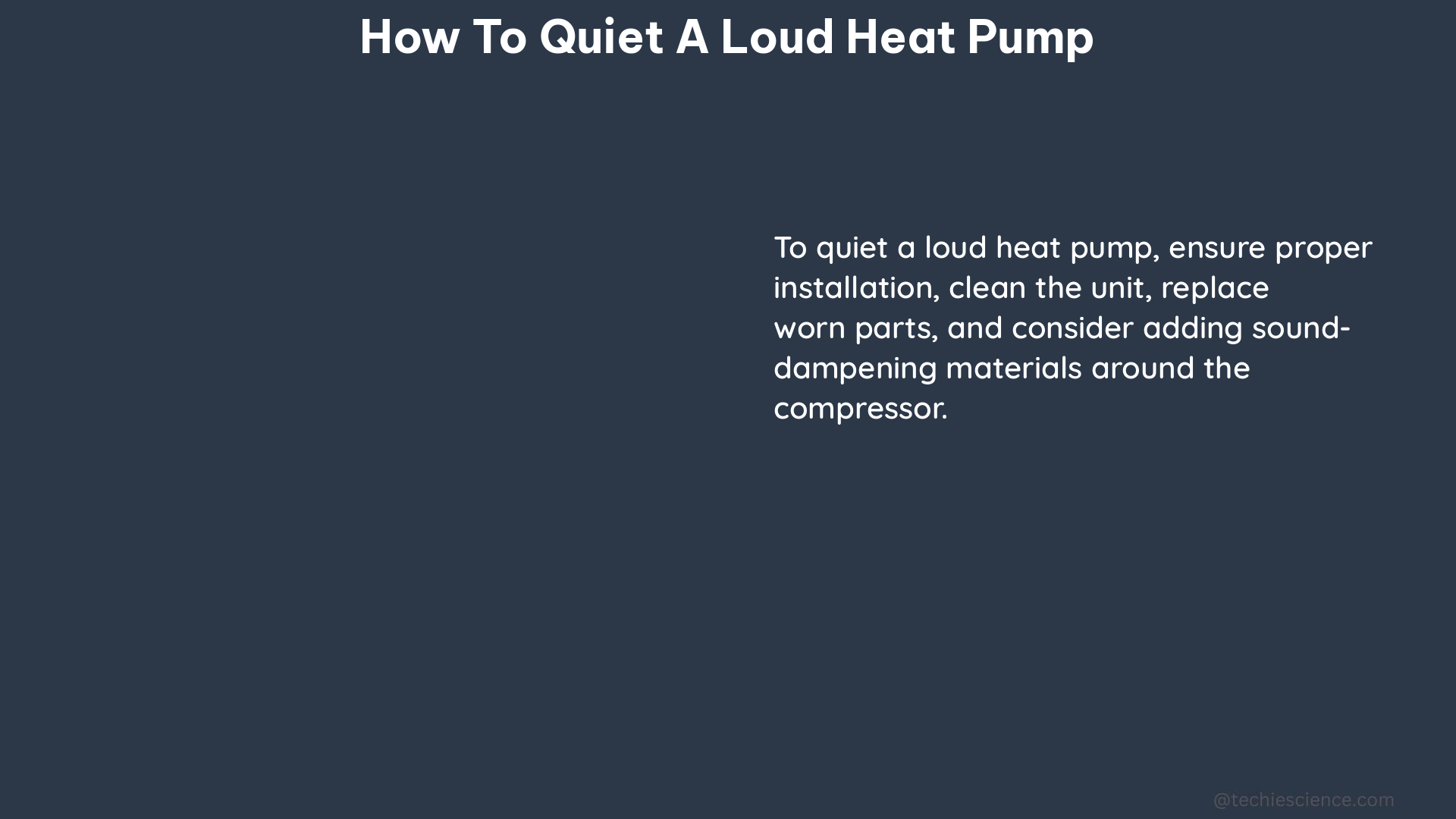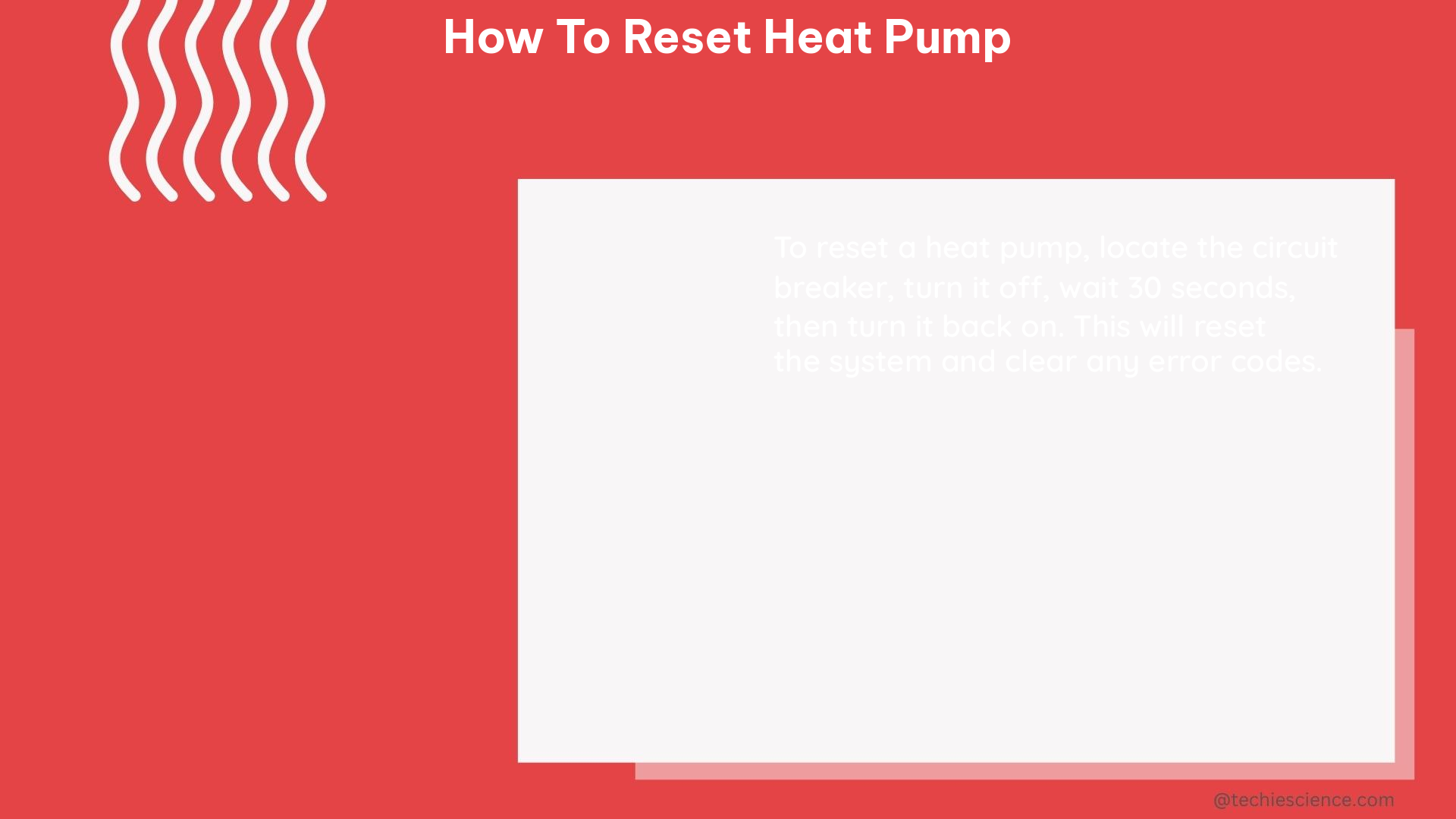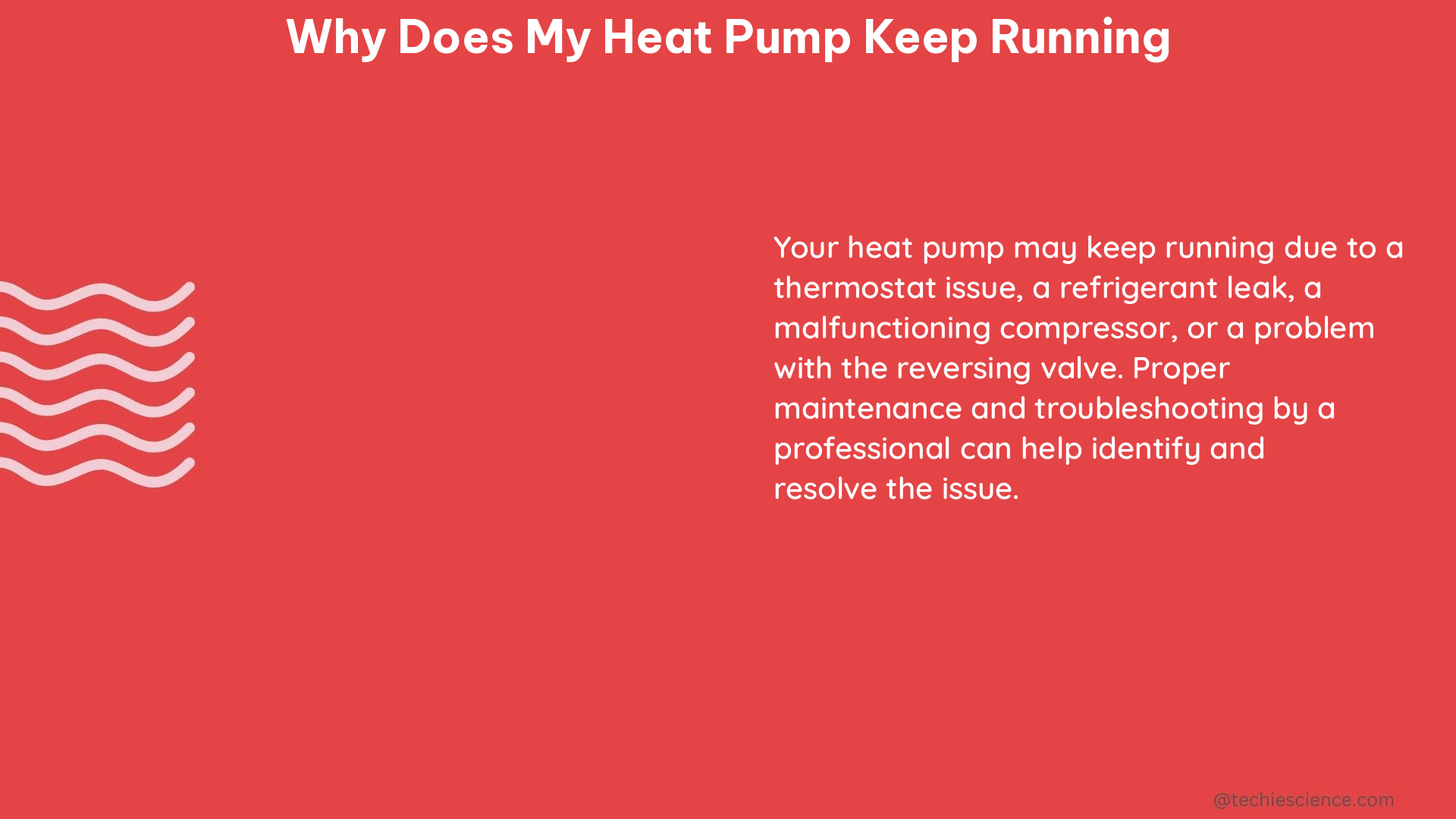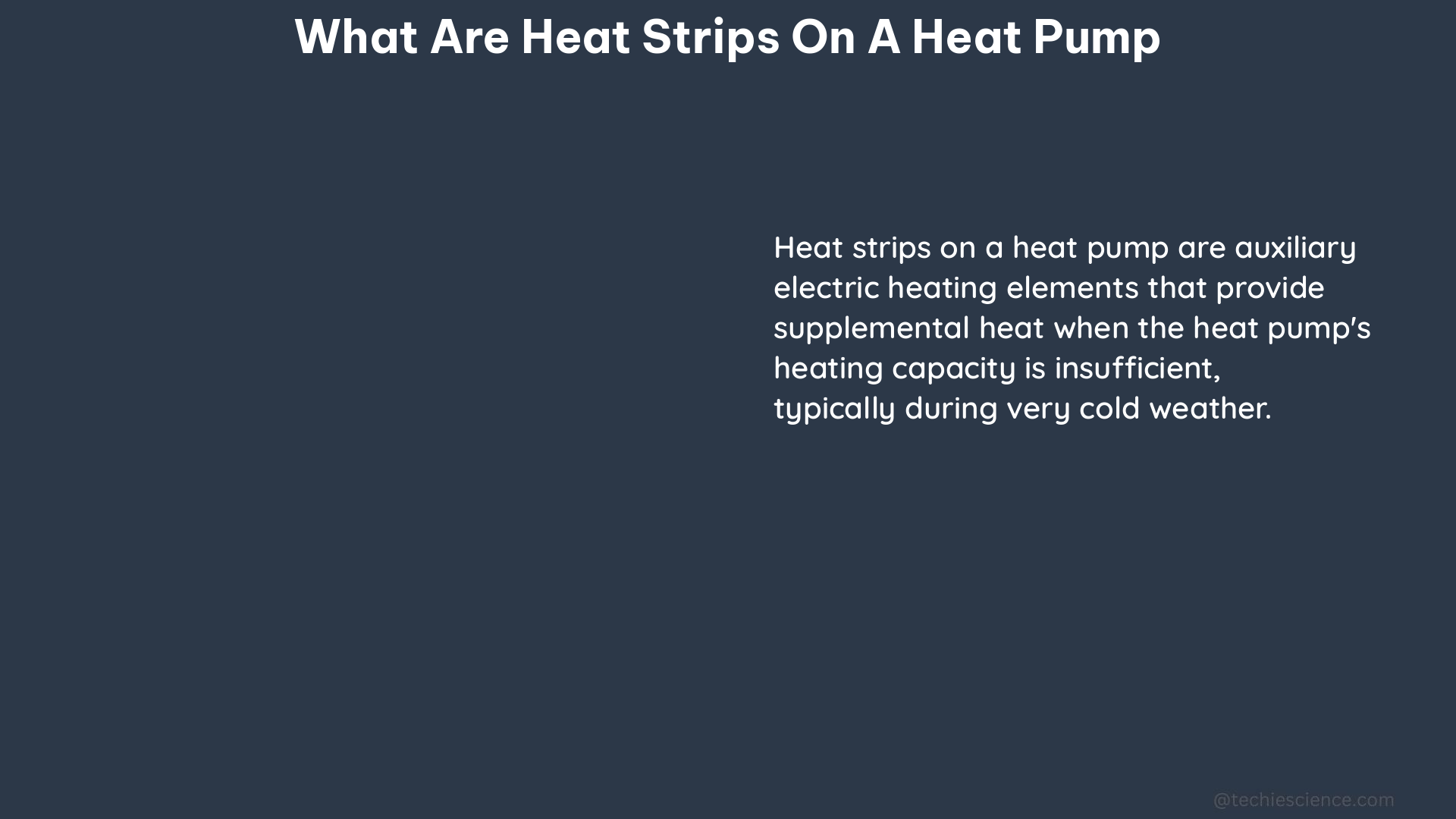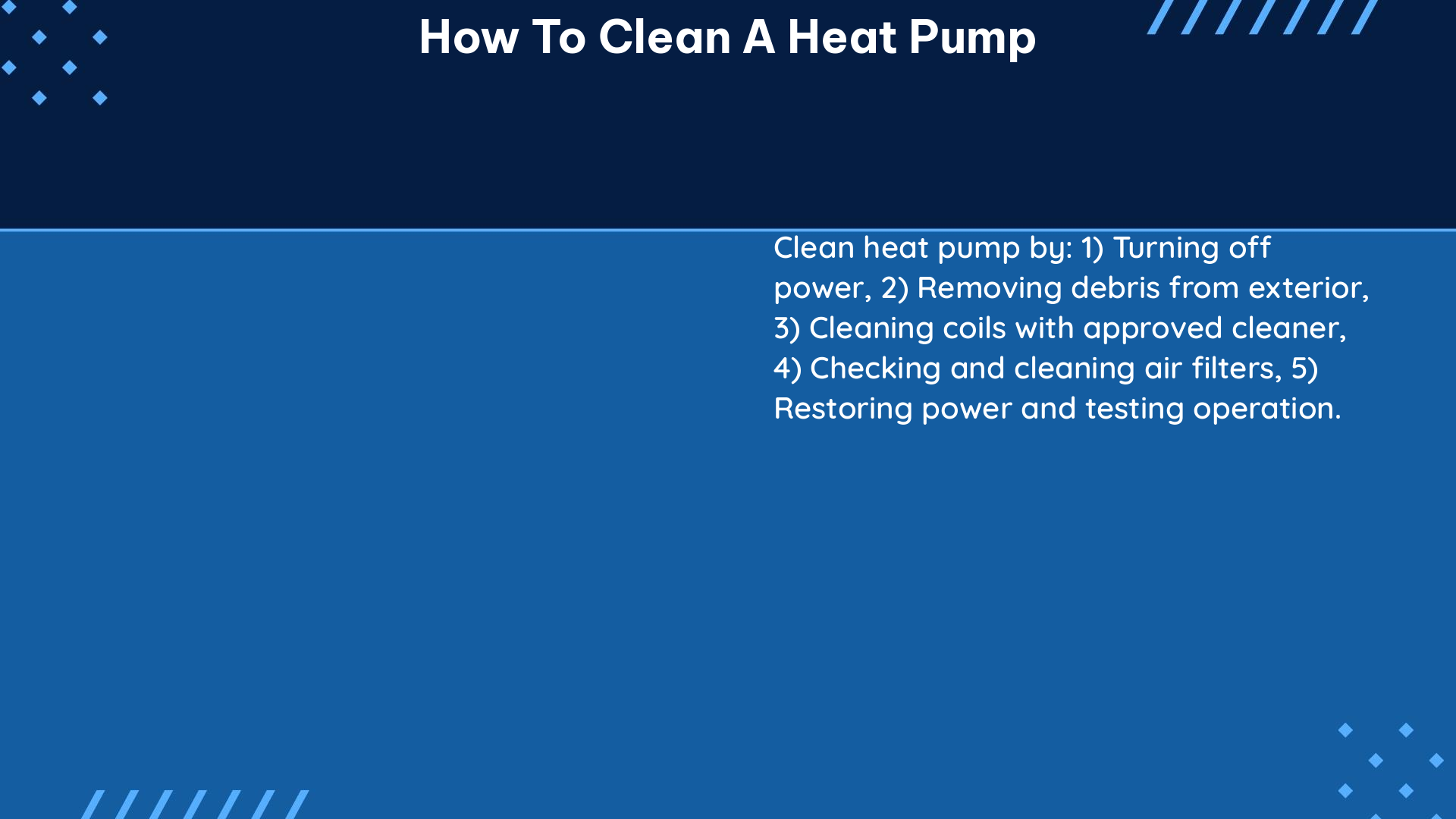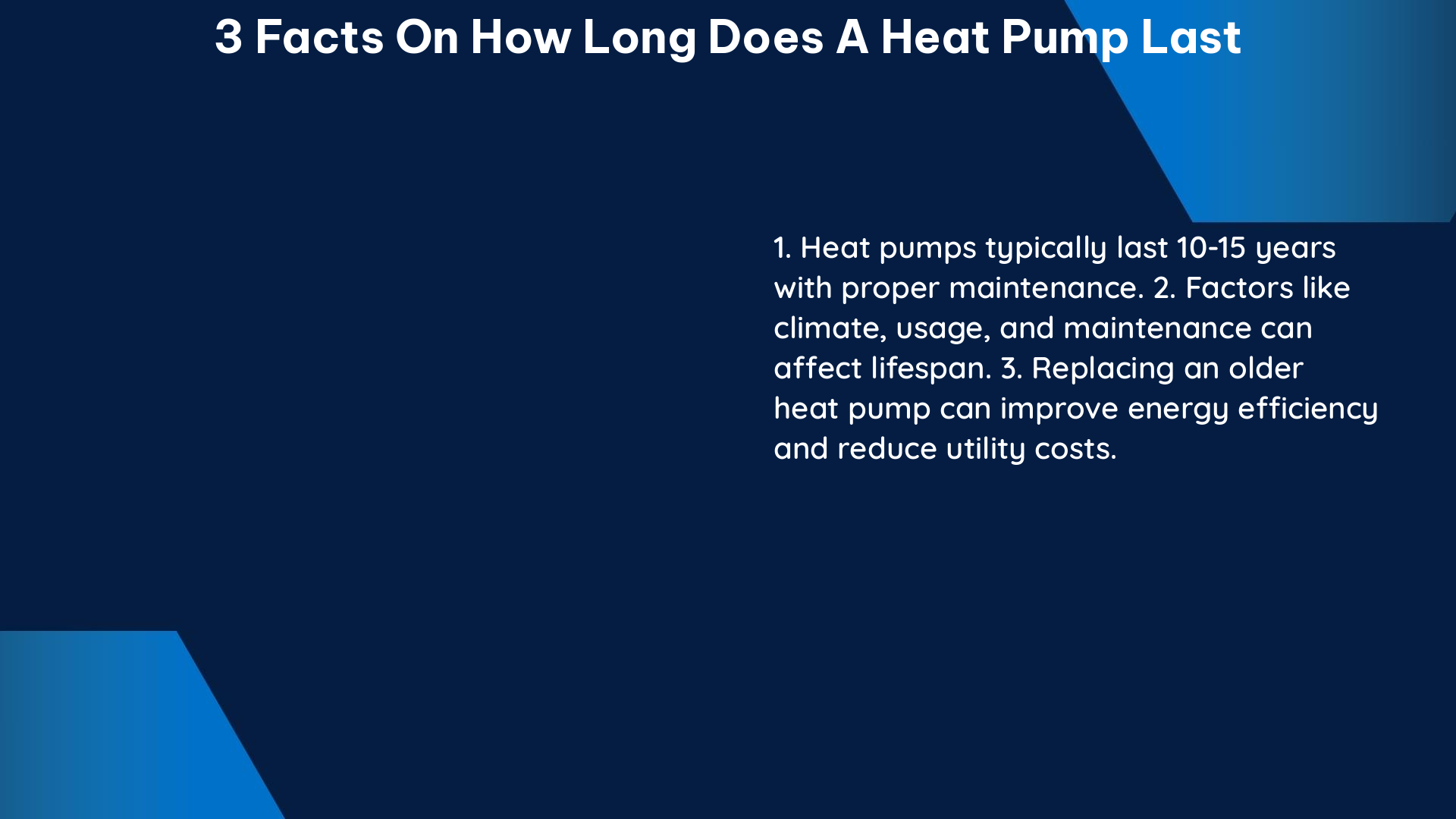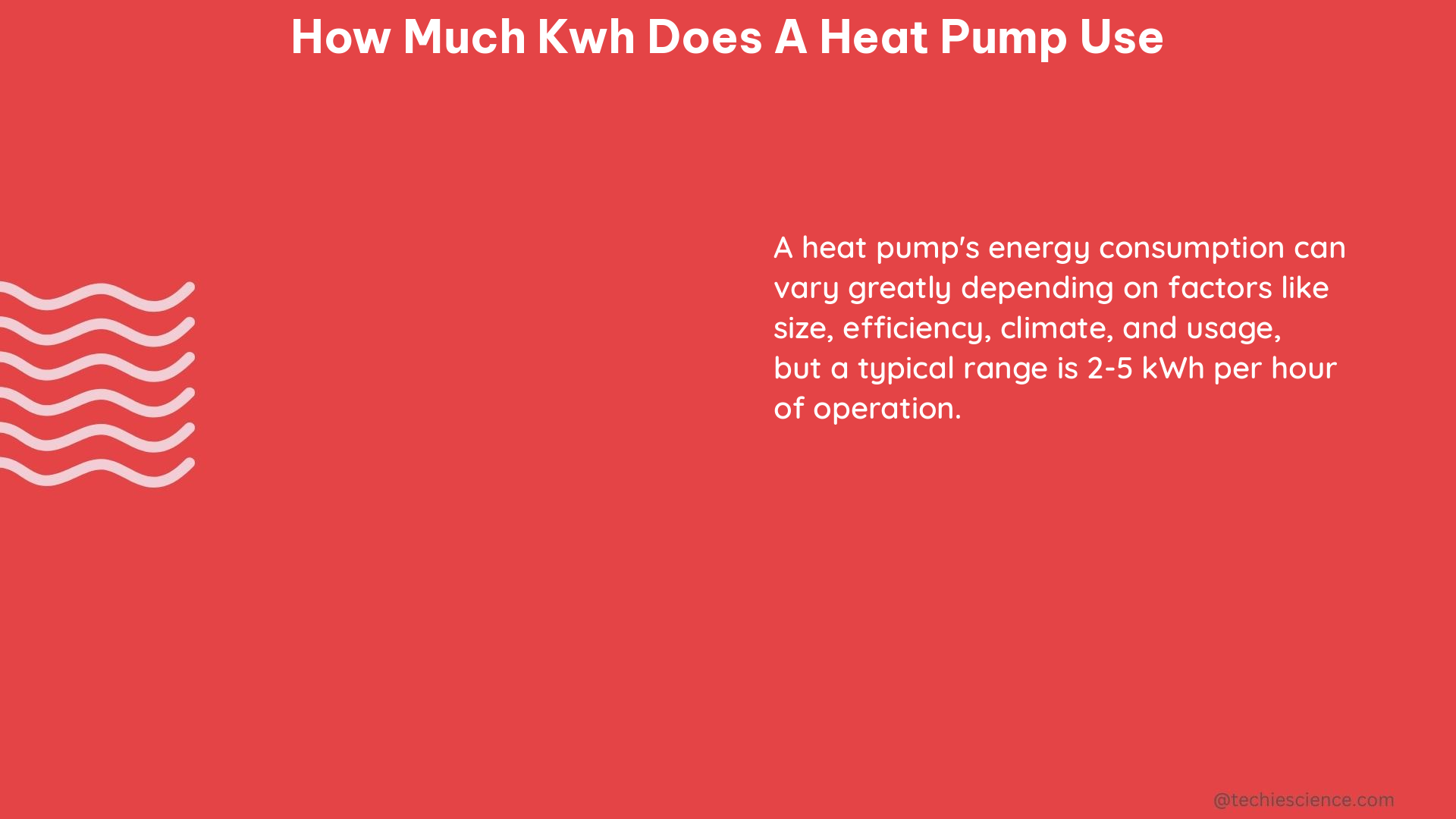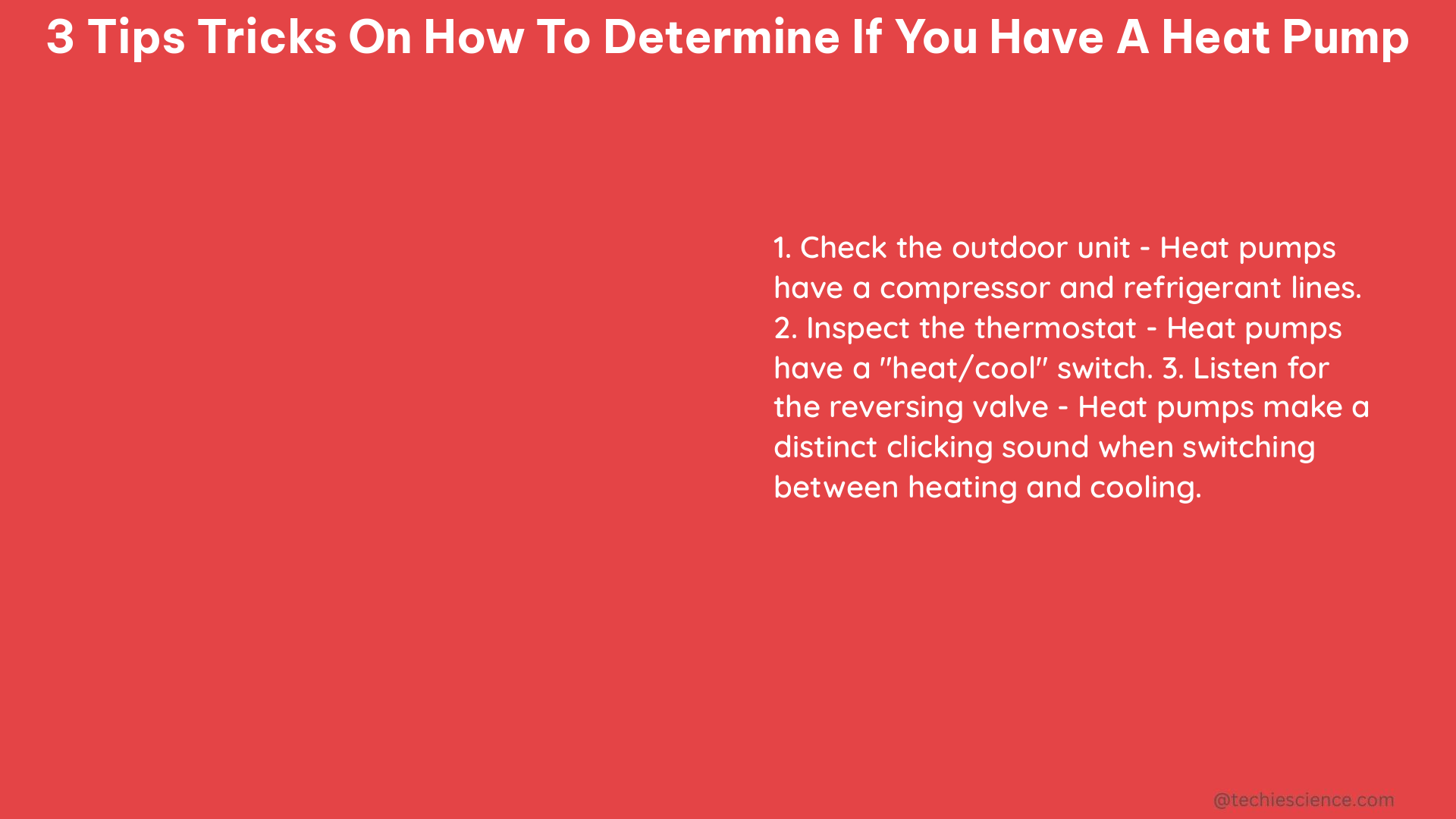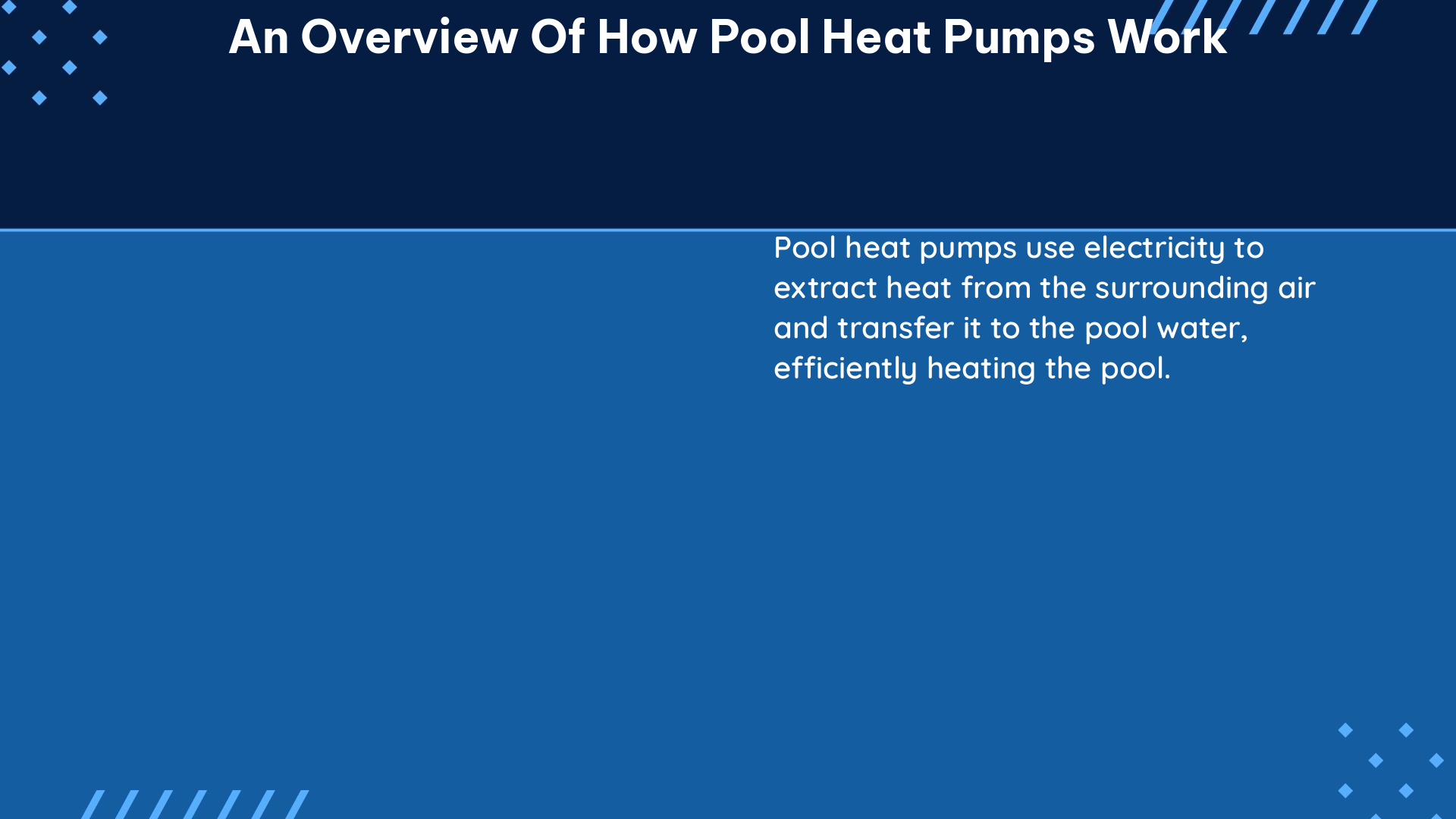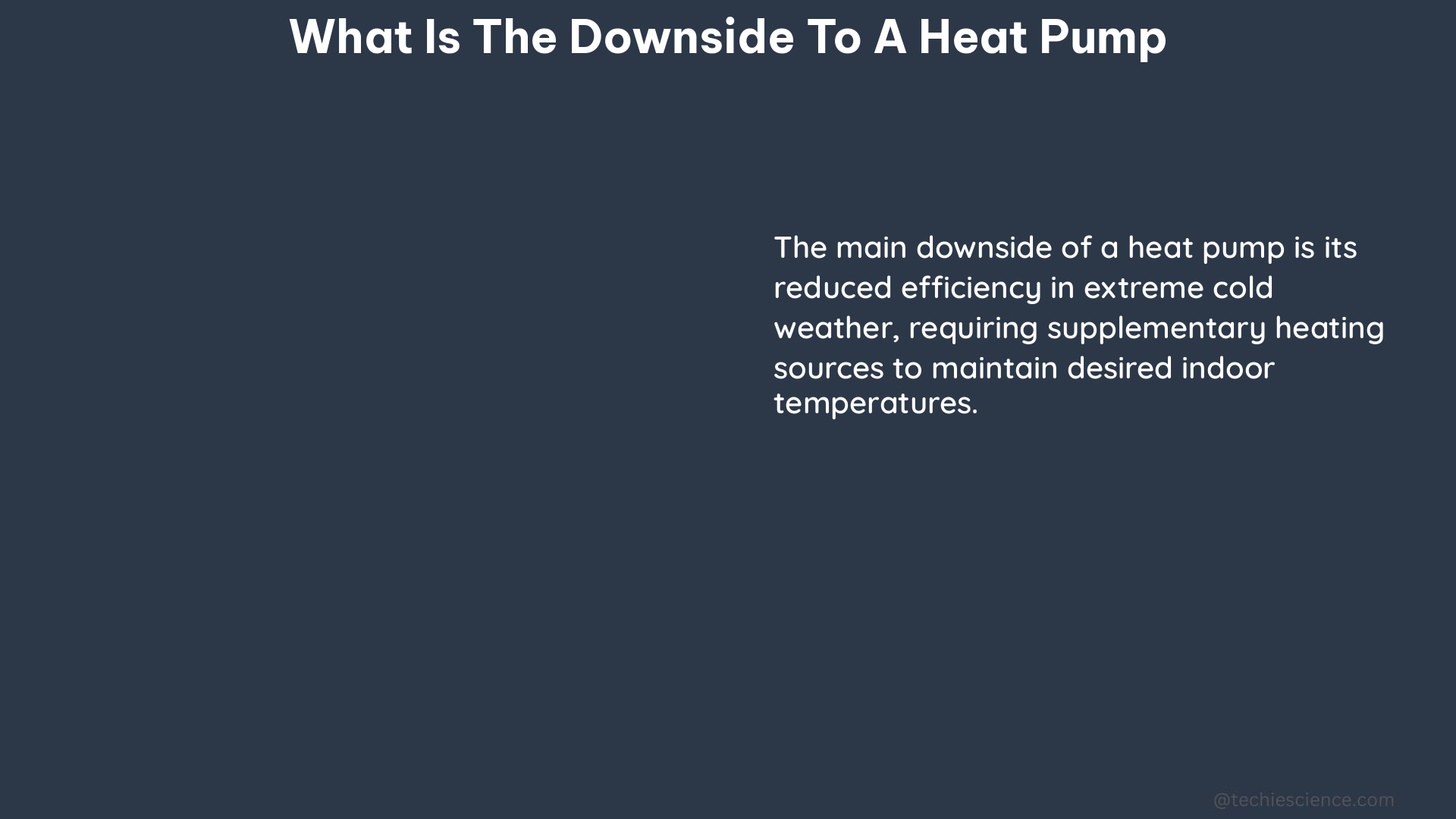Are you tired of the constant hum and rumble of your heat pump disrupting your peace and quiet? Fear not, as there are several effective techniques you can employ to reduce the noise and create a more serene environment. In this comprehensive guide, we’ll delve into the specifics of quieting a loud heat pump, providing you with a step-by-step playbook to tackle this common issue.
Measuring the Decibel Level
The first step in addressing a loud heat pump is to understand the decibel (dB) level it’s producing. This will help you determine the severity of the issue and guide your solution. A normal conversation typically ranges around 60dB, while a vacuum cleaner can reach up to 70dB.
To get a precise measurement, you can use a real-time analyzer (RTA) app on your smartphone. This will allow you to capture the sound during startup and analyze the frequency spectrum. By doing so, you can identify the root cause of the noise, whether it’s due to fan rotations, bad fan bearings, or electrical problems.
Compressor Blanket Installation

One of the most effective ways to quiet a loud heat pump is by using a compressor blanket. These specialized covers are designed to absorb and dampen the vibrations and noise generated by the compressor unit. When installed correctly, a compressor blanket can reduce the noise level by up to 10dB.
To install a compressor blanket, follow these steps:
1. Measure the dimensions of your heat pump’s compressor unit to ensure you purchase the correct size blanket.
2. Thoroughly clean the surface of the compressor unit to ensure proper adhesion.
3. Apply the compressor blanket, making sure to smooth out any wrinkles or bubbles.
4. Secure the blanket in place using the provided adhesive strips or fasteners.
5. Ensure the blanket does not interfere with the airflow or ventilation of the heat pump.
Anti-Vibration Isolation Pads
Another effective solution for quieting a loud heat pump is the use of anti-vibration isolation pads. These pads are placed underneath the heat pump’s outdoor unit, creating a barrier that absorbs and dissipates the vibrations before they can transfer to the surrounding structures.
When selecting anti-vibration pads, consider the following factors:
– Pad thickness: Thicker pads (1-2 inches) are generally more effective at reducing vibrations.
– Pad material: Rubber or neoprene pads are commonly used for their superior vibration-dampening properties.
– Pad size: The pads should be slightly larger than the footprint of the heat pump’s outdoor unit.
To install the anti-vibration pads, simply place them under the heat pump’s outdoor unit, ensuring a secure and level placement.
Wooden Shadow Box Construction
For a more comprehensive noise-reduction solution, you can consider building a wooden shadow box around your heat pump’s outdoor unit. This enclosure helps to absorb and contain the sound, effectively reducing the overall noise level.
When constructing the shadow box, keep the following guidelines in mind:
– Use thick, high-density wood (e.g., plywood, MDF) to maximize sound absorption.
– Ensure the box is large enough to provide at least 6 inches of clearance around the heat pump’s outdoor unit.
– Line the interior of the box with sound-absorbing materials, such as acoustic foam or mass-loaded vinyl.
– Incorporate ventilation openings to maintain proper airflow and prevent overheating.
– Secure the box to the ground using anchors or a sturdy frame to prevent vibrations.
Vibration Dampening with Rebar
In some cases, the vibrations from the heat pump can travel through the ground and into the building, contributing to the overall noise. To address this, you can consider adding a rebar rod to the installation.
The rebar rod should be driven into the ground, extending at least 2 feet below the surface. This will help distribute the vibrations into the earth before they reach the building’s foundation, effectively reducing the noise transmission.
Placement Considerations
The location of your heat pump’s outdoor unit can also play a significant role in the overall noise level. Ensure that the unit is not placed near bedroom windows or other areas where the noise would be most disruptive.
Additionally, make sure the heat pump is installed on a level surface and that the ground is properly prepared to prevent any uneven settling or shifting, which can exacerbate vibrations and noise.
Ongoing Maintenance and Monitoring
To maintain a quiet heat pump, it’s essential to perform regular maintenance and monitoring. This includes:
– Regularly cleaning the heat pump’s outdoor unit to ensure proper airflow and prevent any obstructions.
– Checking for any loose or worn components that may contribute to increased noise levels.
– Monitoring the heat pump’s performance and addressing any changes in noise or vibration levels promptly.
By following these comprehensive steps, you can effectively quiet a loud heat pump and create a more peaceful living environment. Remember, the key to success lies in a combination of targeted solutions and ongoing maintenance, ensuring your heat pump operates at its optimal performance while minimizing disruptive noise.
